Why It’s Time to Move Beyond the Linear Funnel
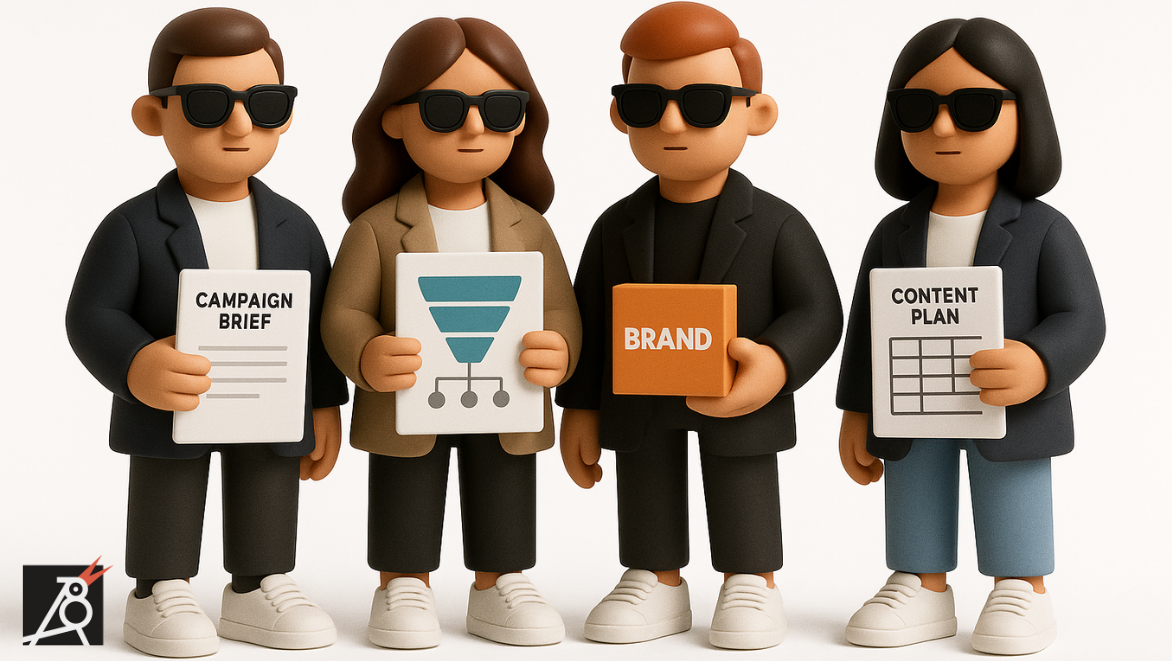
For years, startups have built their go-to-market strategy around one thing: the marketing funnel. But in 2025, that funnel is breaking.
Modern customers—especially digital-first buyers—don’t follow a neat, stage-by-stage journey. Instead, they scroll, stream, search, and shop at their own pace, on their own terms.
BCG’s 2025 study on customer journeys reveals a new reality: it’s time to move beyond the linear funnel and plan for influence, not sequence.
Exhibit A: The Funnel Doesn’t Reflect Reality
The classic funnel assumes buyers move predictably from Awareness → Consideration → Action.
But real journeys don’t look like that.
In real life, a buyer might:
- Discover your product via a livestream
- Compare options after seeing a Reddit thread
- Watch a review on YouTube
- Buy through Instagram
There’s no straight line—only a web of interactions, influences, and interruptions.
What Comes After the Funnel? Influence Maps.
Instead of pushing customers through stages, influence maps chart how different touchpoints shape behaviour across the entire journey.
In this model:
- Each consumer journey is unique
- Behaviours like streaming, scrolling, searching, shopping occur in overlapping cycles
- Success comes from knowing which touchpoints move people forward, not when
Influence maps don’t replace funnels—they upgrade them for how people buy today.
Two Journeys, Two Realities
BCG highlights two types of buyers to show how varied journeys really are:
- Journey A: Impulse Strategist
Sees YouTube ad → Browses in-store display → Searches reviews → Uses digital coupon - Journey B: Smart Saver
Compares brands online → Scrolls on Instagram → Taps “Shop Now” and converts
Each journey has different entry points, influence levers, and conversion triggers.
Trying to box them into a single funnel? You’ll lose both.
Why Startups Need to Rethink Their Funnels
Most startups over-simplify the journey, thinking it looks like this:
Ad → Landing Page → Signup → Sales Call → WinBut this thinking creates 3 major problems:
- Touchpoints get misprioritised.
You invest in traffic channels that don’t actually influence decisions. - Personalisation fails.
Because you assume all customers are in the same “stage.” - You can’t scale what works.
Funnels track drop-off, not why people convert.
By contrast, influence maps help you:
- Track which touchpoints have the most impact
- Tailor messages to behaviours, not stages
- Optimise based on real-world signals
Planning for Influence with HubSpot
If you’re using HubSpot, you already have tools to escape the funnel trap:
- Customer journey analytics show which touchpoints lead to real outcomes
- Attribution models let you measure multi-touch influence
- Workflows can be triggered by behaviour (e.g. watched a demo video), not just form submissions
In our HubSpot Kit, we help startups:
- Set up behaviour-based lead scoring
- Build nurture sequences aligned with influence maps
- Track scroll, stream, and search signals through custom events
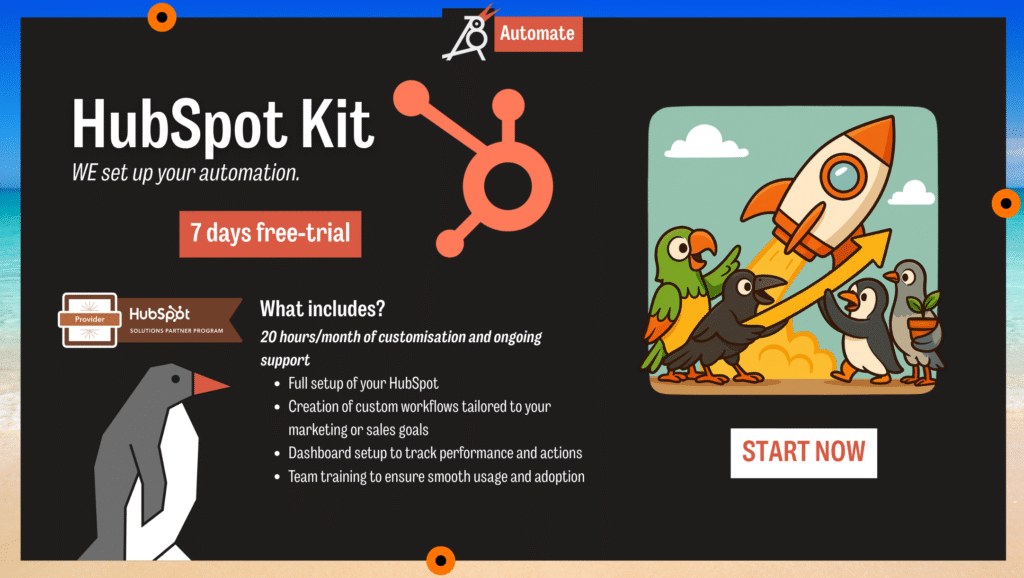
How to Get Started as a Startup Marketer
You don’t need enterprise resources to ditch the funnel. Start here:
🔹 Interview your best customers.
Ask what influenced their decision—not just what steps they took.
🔹 Rebuild your journey maps.
Base them on behaviour clusters (e.g. “Comparison Shoppers”, “Content-First Buyers”).
🔹 Set up flexible workflows.
Trigger actions in HubSpot based on engagement, not rigid stages.
Final Thought
Funnels are neat. But real growth happens in the mess.
If you want to win in 2025 and beyond, don’t just optimise for conversions. Optimise for influence.
Because in this new marketing era, attention, trust, and relevance beat stage-based sequencing—every time.
Ready to evolve beyond the funnel?
👉 Explore Bulbul’s HubSpot Kit to build smarter, behaviour-led growth strategies.

🤝 Bulbul is an official HubSpot Solutions Provider, strengthening our expertise in HubSpot automation for startups and fast-growing teams.
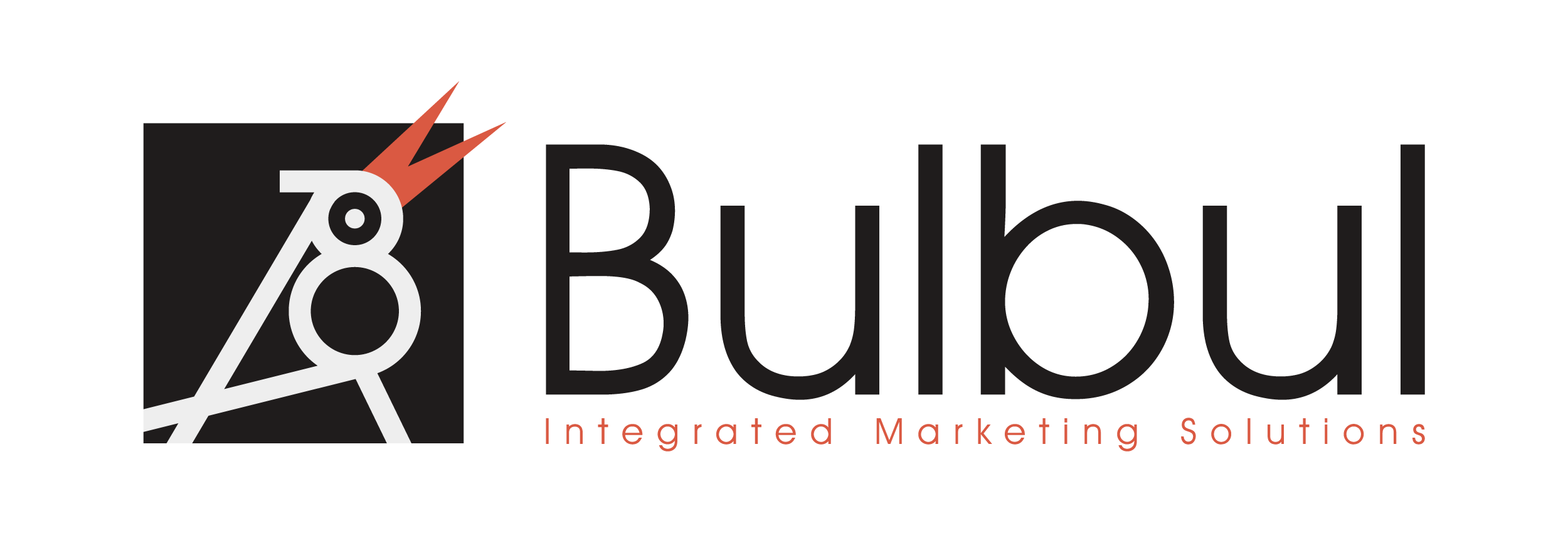
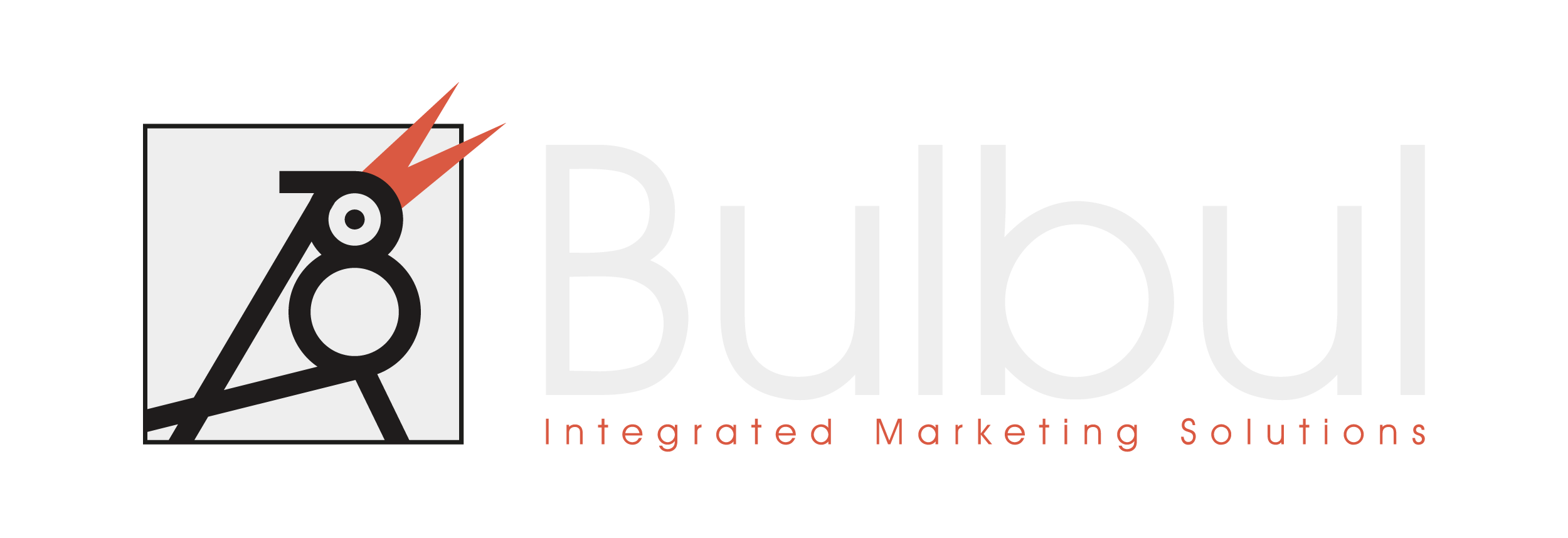
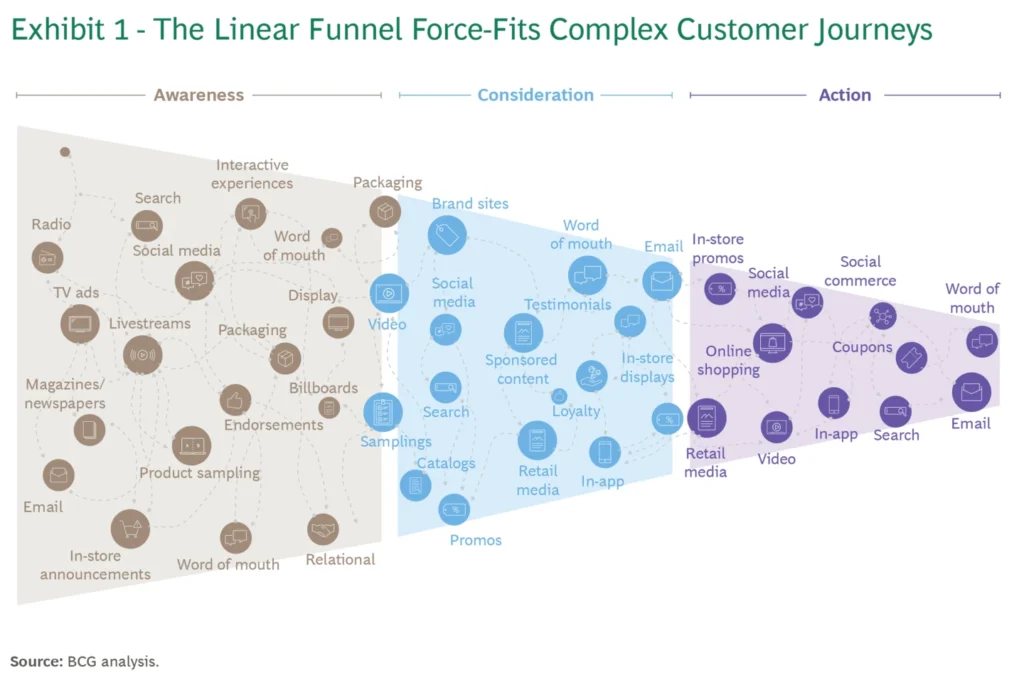
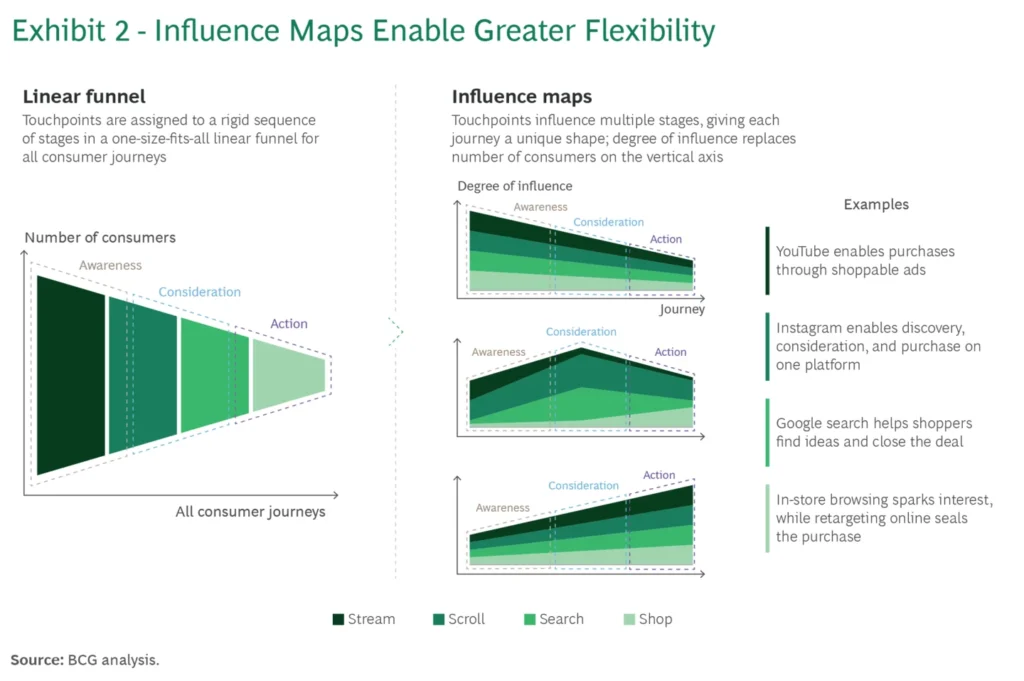


Comments are closed.